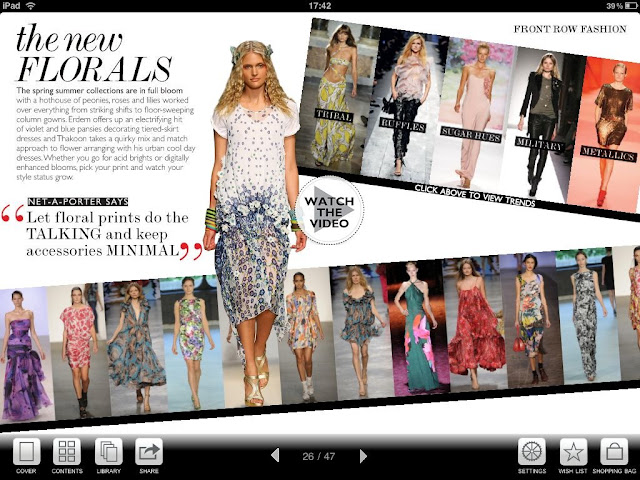Moore, C. T (2010) Google vs Facebook in 2010: A Blow-by-Blow Review (Online) accessed 16/11/10, available at http://www.revenews.com/ctmoore/google-vs-facebook-in-2010-a-blow-by-blow-review/
"Given how Facebook has grown in the last year, it’s no surprise that Facebook is perceived as Google’s new rival. While the company’s $1.28 billion in projected revenue pales in comparison to Google’s earnings, Americans spend only 138 million hours a month searching compared to 906 million hours on social networks.
Needless to say, the year has been interesting for both Facebook and Google. The two have duked it out in their own version of David and Goliath. And while Facebook seems to be winning on the location-based services (LBS) front, Google appears to have an edge in eCommerce.
The Year in Review
In any case, here’s an overview of how the two tech giants competed over the year. If I’ve missed anything, feel free to leave a comment and we’ll update the post to include it.
April 21, 2010 – At the f8 conference, Facebook announced the Open Graph API, making Facebook Connect (and the “Like” button) a standard part of our web-browsing experience. Facebook now collects data on our surfing habits, and third parties now have access to our Facebook data.
June 28, 2010 – Facebook poached Matthew Papakipos from Google. Papakipos led the Chrome OS project, leading to speculation that Facebook is working on its own OS.
June 29, 2010 – Rumors about Google Me are confirmed by Facebook’s former CTO.
September 14, 2010 – Eric Schmidt confirmed that Google Me is real and will appear as soon as Fall 2010. He also elaborated that, instead of competing directly with Facebook, Google Me will consist of a “social layer” that will be applied to existing Google services (but see November 30).
October 4, 2010 – Facebook Open Graph gained added legitimacy when the second most popular comparison shopping engine, TheFind (number two behind Google), undertook a major Facebook integration (making them a super-social affiliate).
November 3, 2010 – Facebook took its LBS offering (Places) to the next level and launched Facebook Deals. Now Facebook users can be offered deals for checking into local business, meaning that (1) there’s now an incentive to use Facebook Places, and (2) Facebook makes more inroads into location-based advertising.
November 4, 2010 – Google changed its API terms to restrict Facebook from letting its users import their Google contacts since Facebook offers no reciprocal way for Google users to import their Facebook contacts. The Battle of Data Portability begins.
November 5, 2010 – Facebook ignored the change in API terms.
November 8, 2010 – comScore reported that Facebook served up 23% of all U.S. ad impressions in Q3 2010 compared to Google’s mere 2.7%.
November 10, 2010 – After Facebook found a workaround to Google’s API restrictions, Google raised awareness about data portability and lashed out at Facebook’s privacy terms by giving users a warning message that asks them if they’re sure they want to import their contacts into Facebook.
November 15, 2010 – That same day, however, Facebook set its sights on Gmail and announced Facebook Messages. The service is supposed to offer “seamless messaging” by letting “you decide how you want to talk to your friends: via SMS, chat, email or Messages.” Although Facebook will be offering an @facebook.com email addresses to all their users, Facebook stressed that Message is not email, but modeled more closely to chat. The service is still in the process of being fully rolled out.
November 15, 2010 – Probably the busiest day in the year-long battle between Facebook and Google, the search giant announced improvement to its product search that include local availability, popular products, and a feature called “aisles.”
November 17, 2010 – Google countered Facebook’s inroads with shopping sites and launched Boutiques.com. Powered by visual search technology that Google acquired from Like.com, the site is supposed to provide a personalized shopping experience.
November 19, 2010 – Hitwise reported that (in the week ending November 13) Facebook generated nearly 25% of all page views in the U.S., more than double that of Google and YouTube combined.
November 29, 2010 – Rumors surfaced that Google acquired Groupon for $2.5 Billion.
November 29, 2010 – That same day, Mashable broke that Google Me will be delayed until Spring 2011.
December 3, 2010 – Only four days later, confirmation leaked that Groupon rejected Google’s offer, and that rather than $2.5 billion, the search giant actually offered $6 billion.
December 4, 2010 – A report surfaced that Sergey Brin is directly involved in the development of Google Me and that it will be more of a Chrome add-on or toolbar instead of a conventional social network. Alternative names are also said to include Google +1 and @Google.
December 15, 2010 – - Google Me is said to be delayed by political infighting and will, indeed, be called Google +1.
What Comes Next
The past year has been an interesting one for both Google and Facebook. While we can’t be sure what the future holds, it’s hard to imagine that Facebook will not continue to grow.
What is certain, however, is that Facebook has an edge in the LBS space because they have an established social, user base. Google, on the other hand, exists in a social vacuum. And while Google seems focused on eCommerce, it’s also no stranger to failure.
What 2011 will bring, we don’t know. Maybe it’ll be Google Me/+1, maybe not. Maybe Google will begin its descent to Yahoo/Ask status. Maybe Android will help Google catapult ahead of Facebook to a place where data is portable, and the web is mobile. Whatever the future holds, it will be exciting to see what comes next for these industry leaders."
(Moore, 2010)
































